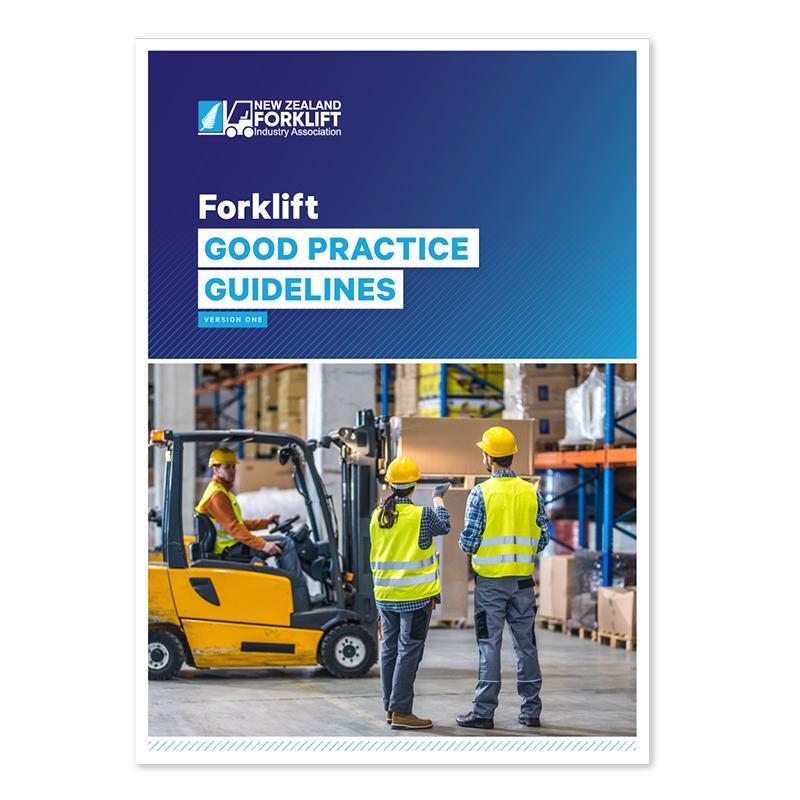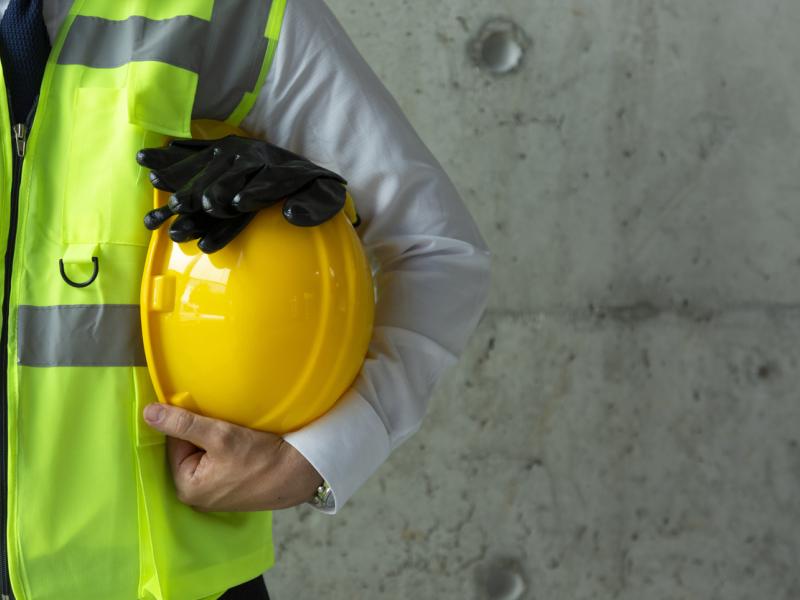A new set of modern, fit-for-purpose forklift operating guidelines has been developed by industry to replace the current outdated and inadequate industry guidance.
The newly published Forklift Good Practice Guidelines (GPG) provides information and guidance to those involved in operations that involve forklifts.
This includes, but is not limited to, suppliers, trainers, employers, fleet managers, asset procurement managers, service providers, health and safety personnel and forklift operators.
The GPG provides safe work practices on how to select, maintain and operate forklifts. It also helps duty holders to meet their obligations under the Health and Safety at Work Act 2015.
It is sorely needed as the Approved Code of Practice of Forklift Training and Operations Practice (ACOP) was developed nearly 30 years ago, says NZ Forklift Industry Association Chief Executive Rodney Grant.
“The current regulations are no longer applicable to the settings in which the industry operates in and does not reflect current health and safety legislation.
“The existing regulations were published in 1995 and are totally unfit for purpose, given modern operating conditions, training techniques and equipment.
“That’s why we took the initiative to develop the new guidelines, which we are confident will help keep our industry safe and professional.”
For example, the current guidance often refers to the Department of Labour, Occupational Safety & Health Service, and the Health and Safety at Work Act 1992.
Both of these government organisations are defunct and the 1992 act was superseded in 2015.
The inherent design and principles of a forklift haven’t changed some in decades but how we use them and how businesses operate has, Grant says.
“Not a lot has changed in the training of forklift operators and the safe operation of forklifts, however many sectors within the industry called for more information and support around forklift operations. The subject matter they sought guidance on was of a broader nature than what the ACOP currently provides.
“The Association did lobby regulators and government to provide further guidance, but resources, timings and the political landscape meant this was not going to happen at a speed that was suitable for industry.
“Therefore, the Association has taken on the task of creating an all-encompassing guideline document that better reflects current best practice.”






